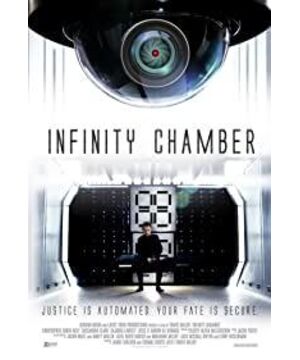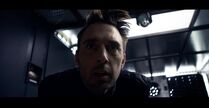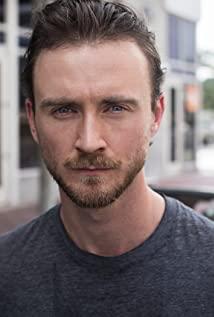It's been a long time since I saw such a brain-burning movie. The first thirty minutes were very boring, it took four days to finish the thirty minutes and then I was interested and continued. (Well, I watched all four days at night, without exception, I fell asleep in a few minutes...)
The open ending of the film and a few key details and dialogues in it. It makes me feel that the movie has three endings.
The first is the simplest, which is described in the film. The protagonist and the AI or hypnotist fought wits and escaped.
The second is that the protagonist is finally successfully hypnotized, and step by step is affected by the implanted memory, confessing where the virus is.
But I think the third ending is the most likely. The protagonist is a hacker of the alliance. He designed a virus that can paralyze the government's system. He suffered a heart attack and was sent to the life-saving warehouse on the way back to handing over the virus U disk. It may also be that he fainted just after hiding the U disk in the designated place, because the protagonist was stunned at the beginning, which can be understood as a cardiac resuscitation shock. In the first few minutes of the movie, there are people in the control room, but the monitor shows the heart and a virtual human body. The protagonist later confessed that his father died of a heart attack, but he lived for another four years under the life-saving system. No one asked. After his father agreed or disagreed, the protagonist asked what LSO meant. Howard told him that it meant a life support officer, and throughout the article Howard always emphasized that my main task is to keep you alive. At the beginning, he also said that you were not caught. What accusations. This also explains why the robot appeared when the protagonist tried to commit suicide, Howard suddenly helped the protagonist, because its task is to ensure that the protagonist is alive, in the protagonist’s consciousness, if he can’t escape this time, he will "kill himself subconsciously" ". And Howard, as the life system guarantor, is obviously impossible to watch this happen. What we see is actually a series of subconscious worries about the protagonist's identity before fainting. He didn't know that he had entered the life-saving warehouse, but only thought that his identity had been arrested, so the so-called fighting of wits and courage appeared, and the screen of the last escape changed from 001 to 348 on the monitor. I think it was the number of days he lived in the life-saving warehouse. In the end, he closed the life-saving warehouse, which can be understood as he finally died. Of course, it is also possible that he is the old man. He finally came to his consciousness and let the operator shut down the life support system. The old man was the protagonist, and the middle-aged man in the movie was the operator. Anyway. I think the third type may be the biggest. That is, the protagonist is in the life support system, and finally closed the life support system to get relief. As for whether the old man is the protagonist or Fleck is the protagonist, it is really hard to understand. But I think the third type is the most likely. Maybe he was still alive in the life-sustaining system in the end, but the life-saving warehouse had fabricated other memories to ensure that he was still alive. Because the so-called leader of the alliance in the movie told him that his memory can be changed (the pancake to waffle segment). Because one sentence throughout the film always makes me think about it. That's what Howard said, my job is to keep you alive and waiting to be processed. . . Just write so much. The writing is too messy, I hope I can understand what I mean.
View more about Infinity Chamber reviews











